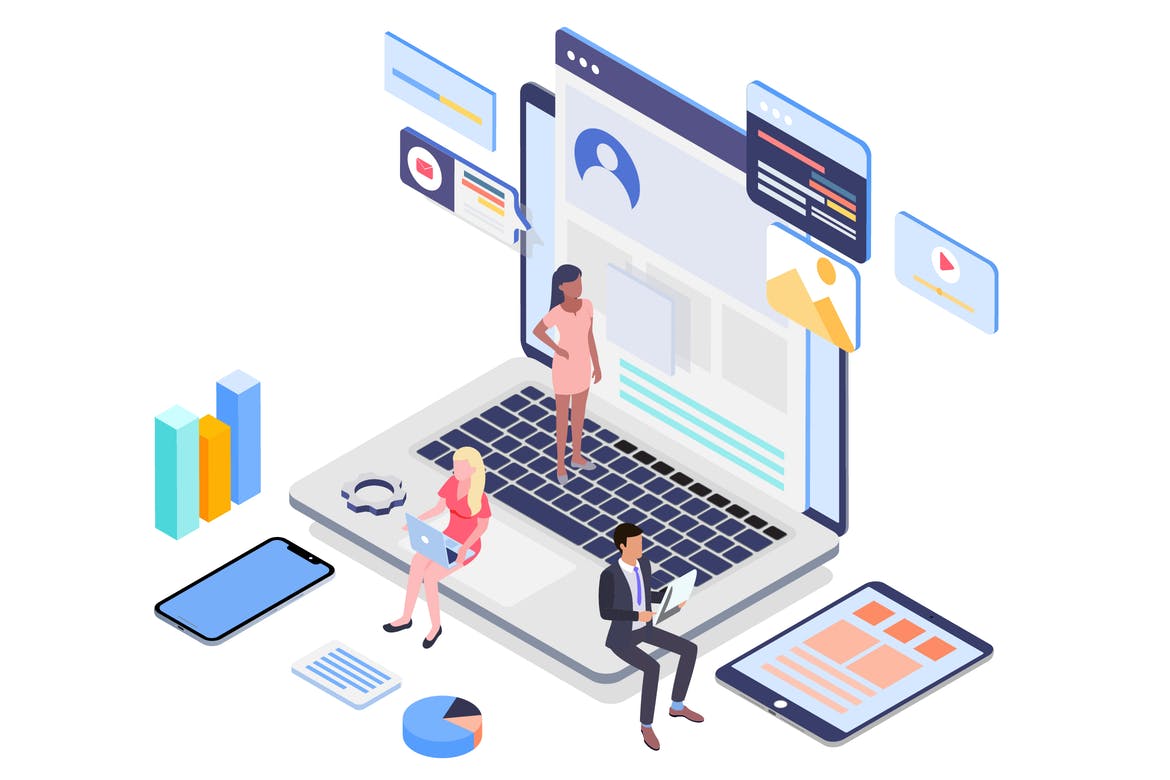Customer support matters. For companies to build a stable, permanently growing business, a support system is crucial. Today, on the Short.cm blog, we'll determine the primary components of a strong support system and the benefits that every business can obtain by providing it. Let's jump into it.
1. Non-paying clients are worth supporting
Why do most businesses provide paid support? This doesn't meet the customer-oriented concept. Primarily, strong client support is in the interest of businesses. The more qualified the help is, the more likely a customer will stay.
Let's say you are new to the service and just want to test it on a free trial to decide whether the service fits your needs. If it does fit, you'll choose the most expensive price plan. While trying out the service, you are faced with an obstacle, for example, configuring a domain. You want to ask for help, but no one answers you, as support has to be paid for and is unavailable for free-trial customers.
Therefore, to impress customers with your service and show them what you're made of, your business has to provide excellent support. Getting helpful advice and being acquainted with all the features, a non-paying client will be converted into a paid customer, as he/she can be sure that the business is customer-oriented.
Component: Support for non-paying users; free support.
Benefit: Free clients learn more about the service and upgrade a price plan.
2. Human qualities above modern technologies
With increasingly developing technologies, customers face one-size-fits-all messages. Of course, communication isn't bound just to them. However, we can likely make customers feel like the one and only. Treat your customers like real people and let them know there's someone who cares on the other side of the inbox.
Listening, appreciating, and respecting customers are non-changeable values in customer service. After conquering these aspects, move towards modern technologies such as chatbots. Firstly, be human to your customers.
Component: Being human, not machine.
Benefit: Respect for the company from customers.
3. Feedback funnel
By developing an organized feedback fuel, your service can make updates to the products that align with customer feedback and help improve the overall customer experience.
For example, one of the customers shares the opinion that adding a utm_term metric to the statistical analysis would be helpful. If following an established feedback fuel, the sequence of actions might look like this: a customer service team receives feedback, notes the proposal, and shares the feedback with developers.
The Feedback Funnel doesn't oblige you to implement every tip a customer proposes. It just helps to improve the service according to the customer needs. The Feedback Funnel teaches to listen to the customers and take into account their needs and desires.
Component: Feedback funnel.
Benefit: You build the service that meets customers' desires.
4. Clearly-defined working hours
The reason why customers are turning to an alternative service is that they want to receive the information a.s.a.p. They don't want to wait too long, especially if the question is urgent. Customers don't like to be kept waiting; it irritates them profoundly.
Set scheduling boundaries, for example, in the welcoming message. If the claimed working hours are Mon–Fri 9 AM to 6 PM, then if clients ask a question on Sunday, they will realize that they will receive an answer at least on Monday. As a result, your company avoids negative feedback about ignoring or unprofessional support.
Component: Claimed working hours.
Benefit: No negative feedback concerning the speed of answering.
Wrapping Up
Taking into account all the components above lets you build an extensive customer support system that could perform as one more channel for engaging customers.
What did you learn?
- how to improve customer support
- shortcm customer support
- live chat customer support
- live chat feature on website
Read also:


